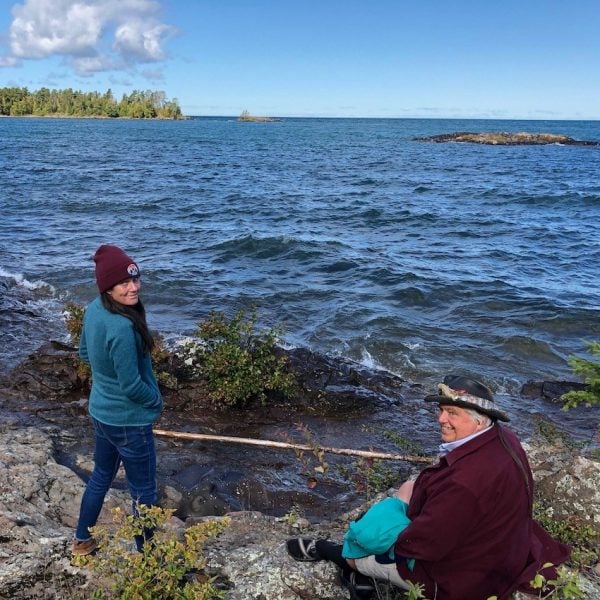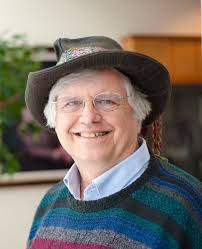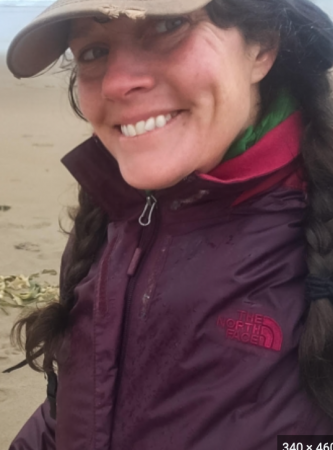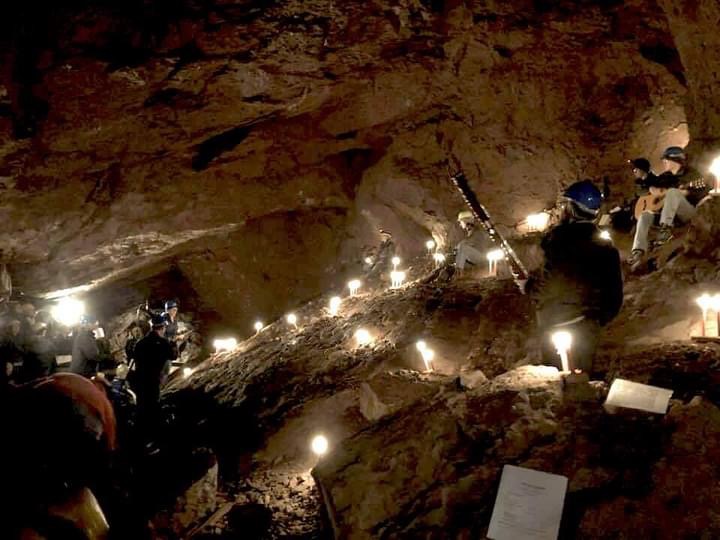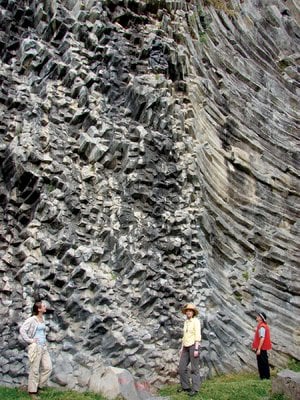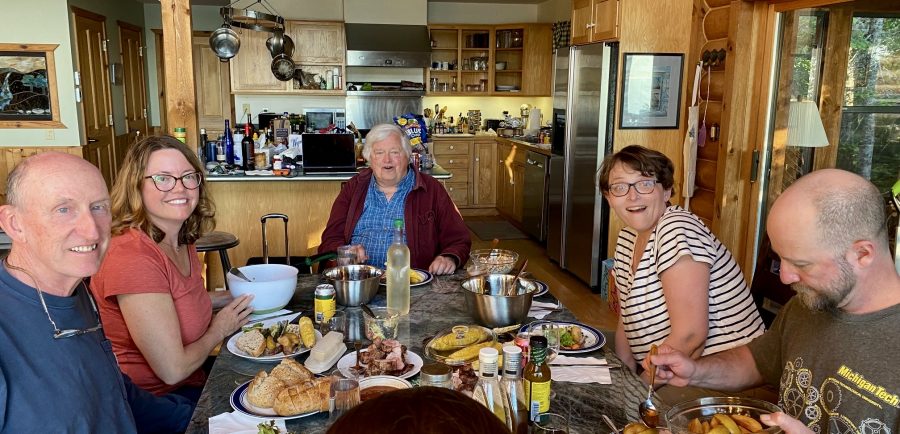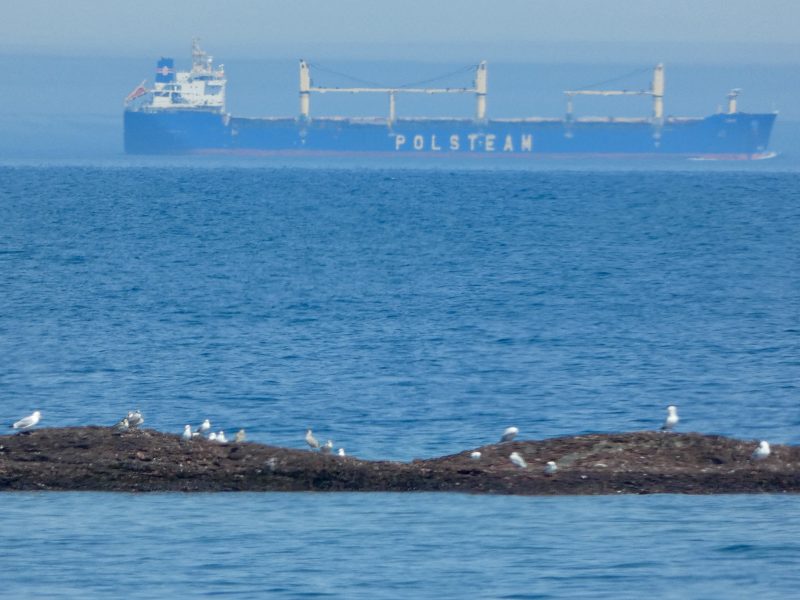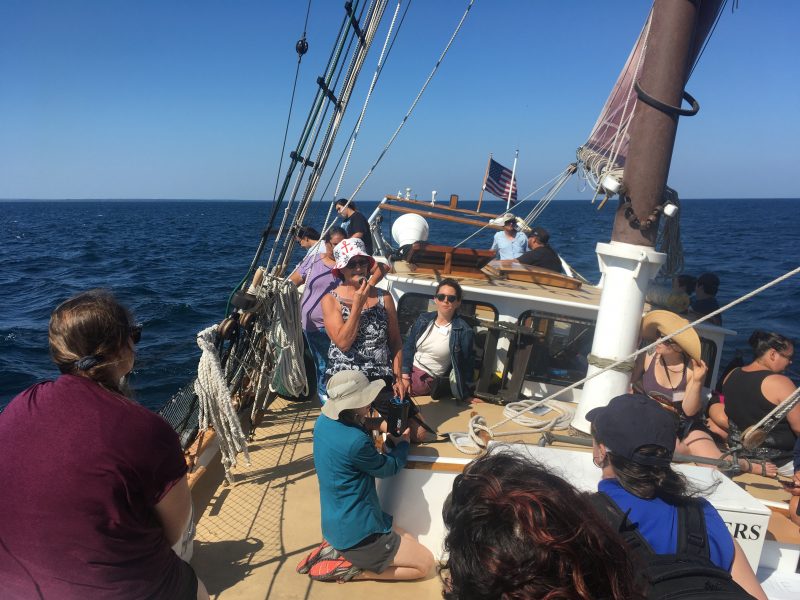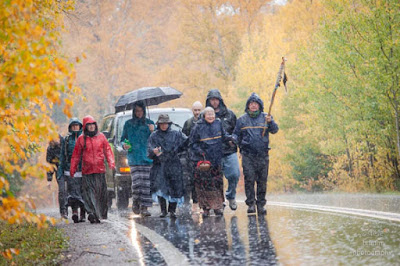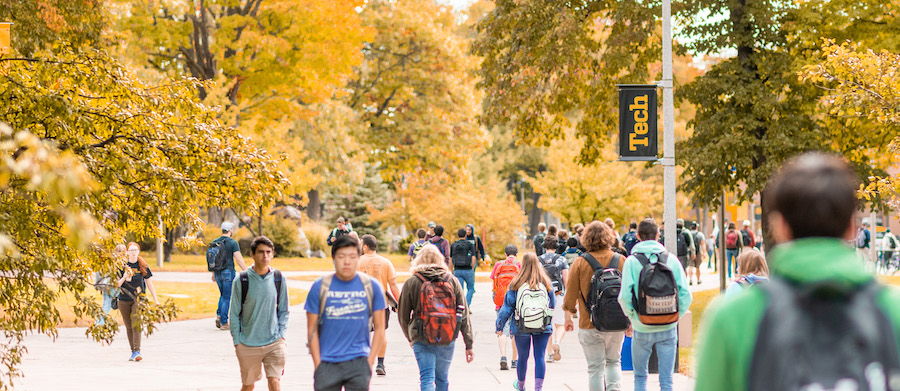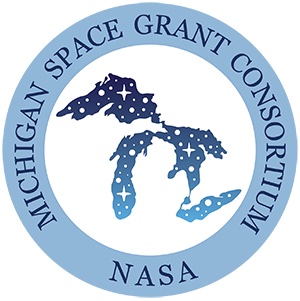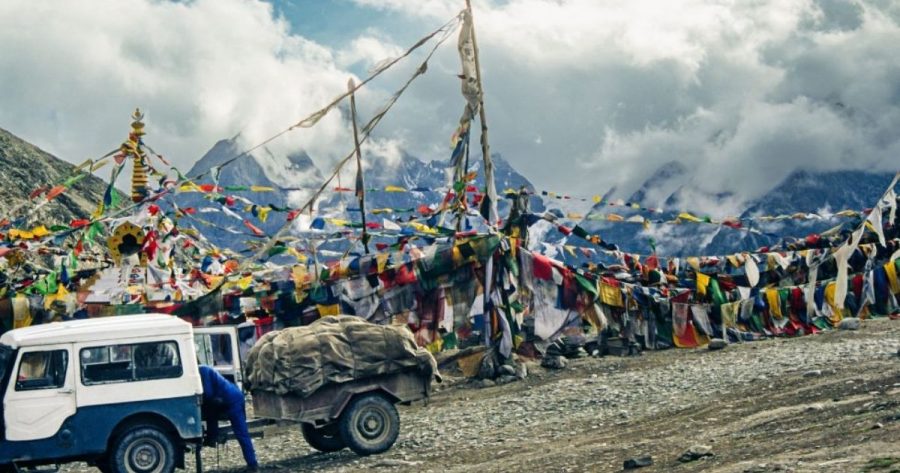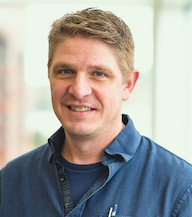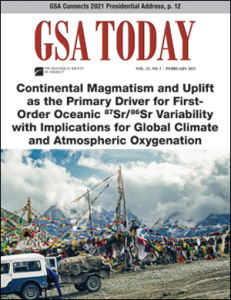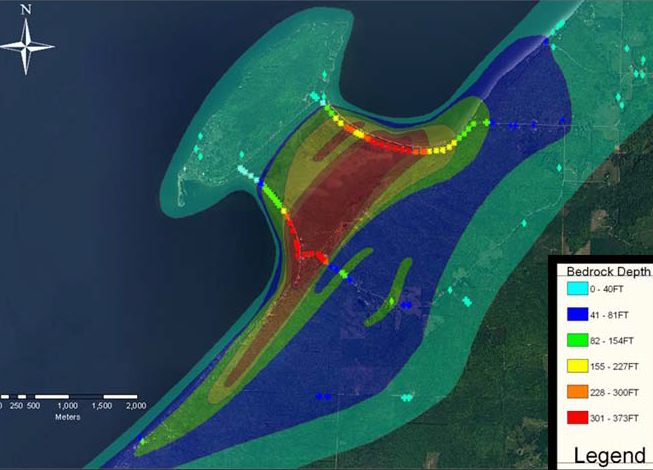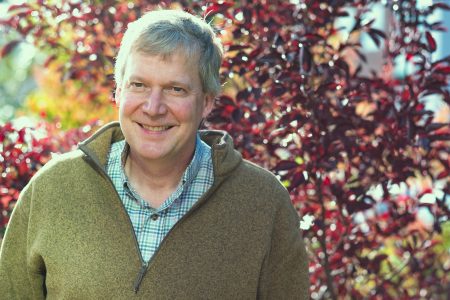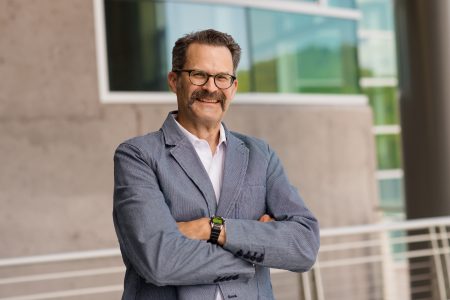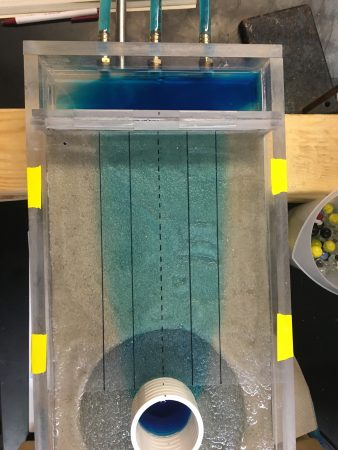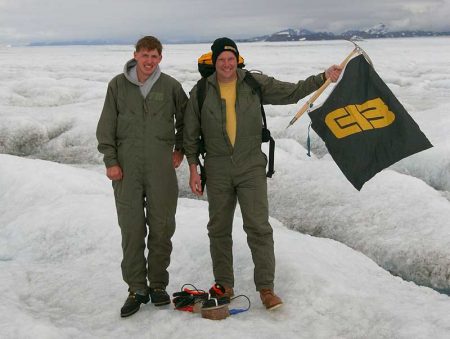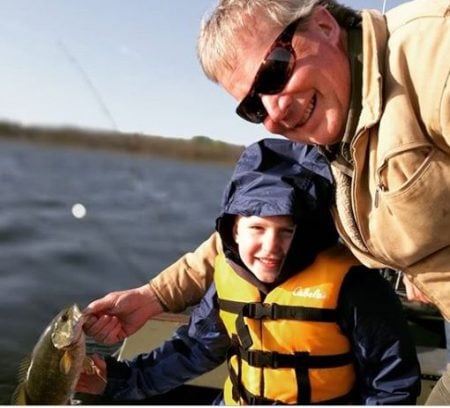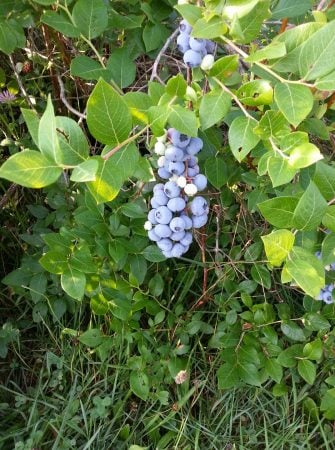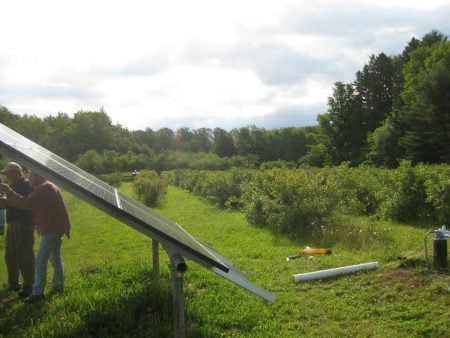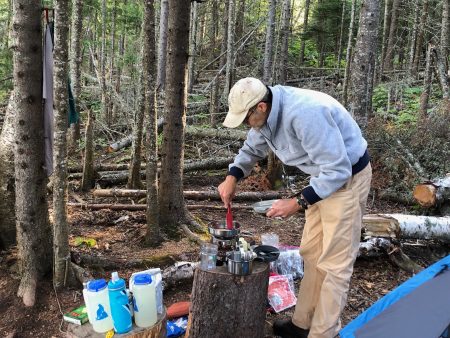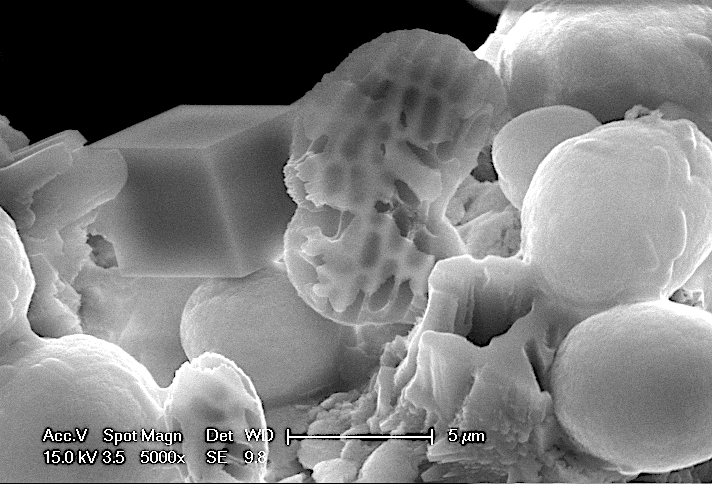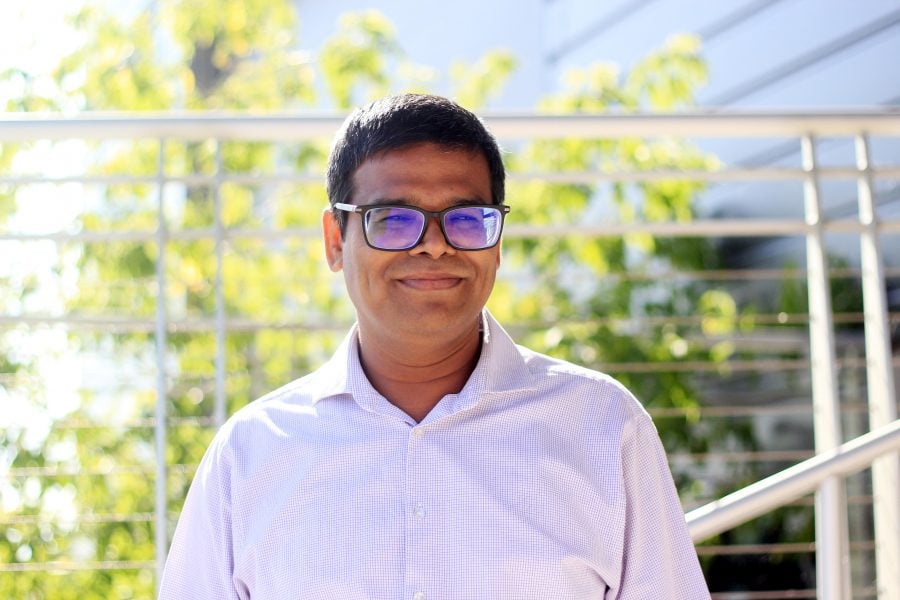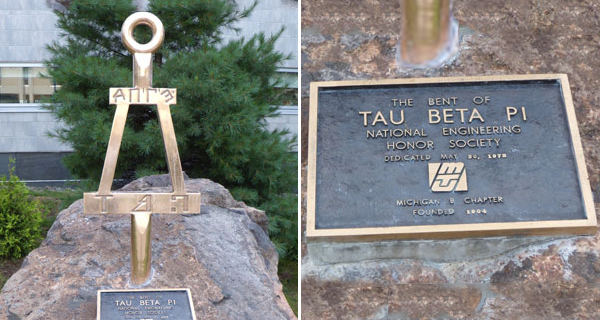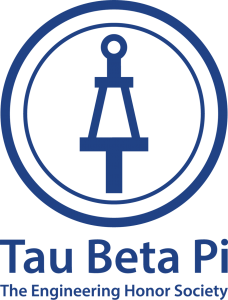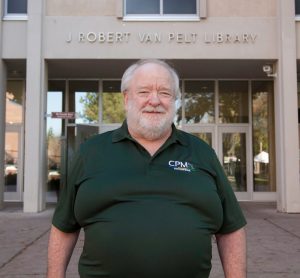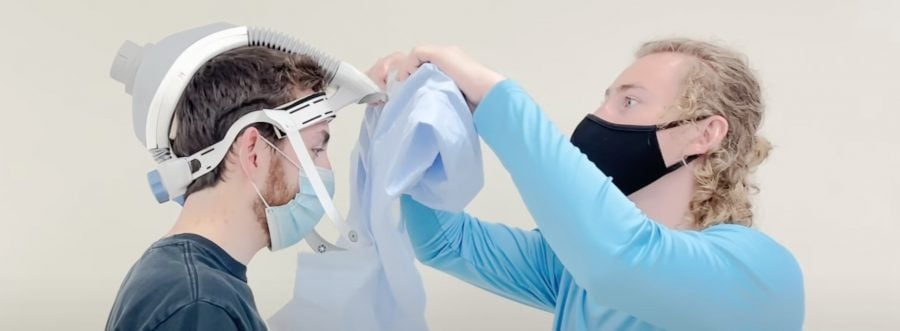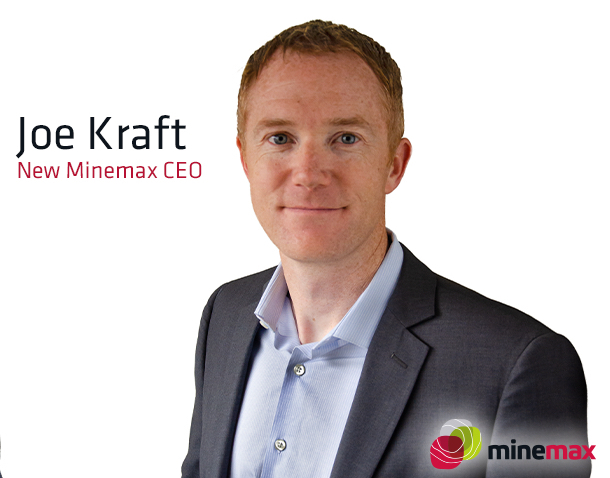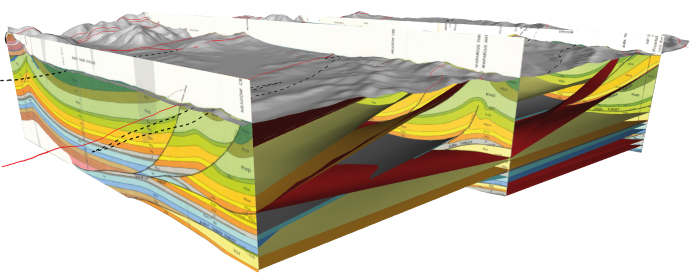
Petroleum Experts Limited has donated the equivalent of $2,764,444.18 to Michigan Technological University. The donation has come in the form of 10 sets of the MOVE suite of programs to be used for education and academic research at the Department of Geological and Mining Engineering and Sciences (GMES).
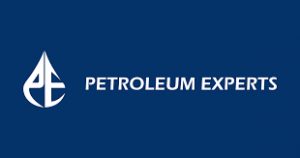
Petroleum Experts, established in 1990, develops and commercializes petroleum engineering software for the oil industry. Petroleum Experts offers educational licenses to accredited universities that provide geology and/or petroleum engineering related Master and Ph.D. courses.
The state-of-the-art software will be installed in a computer laboratory at GMES, where it will be used in the Structural Geology course (GE3050), required for department undergraduate majors, and in graduate-level courses in structural geology. In addition, the MOVE suite will be utilized in academic non-commercial research on tectonics and structural geology, such as the mapping of the Keweenaw Fault and other complex structural systems in Michigan’s Upper Peninsula.
“The researchers and students at GMES greatly appreciate this generous donation from Petroleum Experts,” says Dr. Aleksey Smirnov, chair of the Department of Geological and Mining Engineering and Sciences at Michigan Tech.

